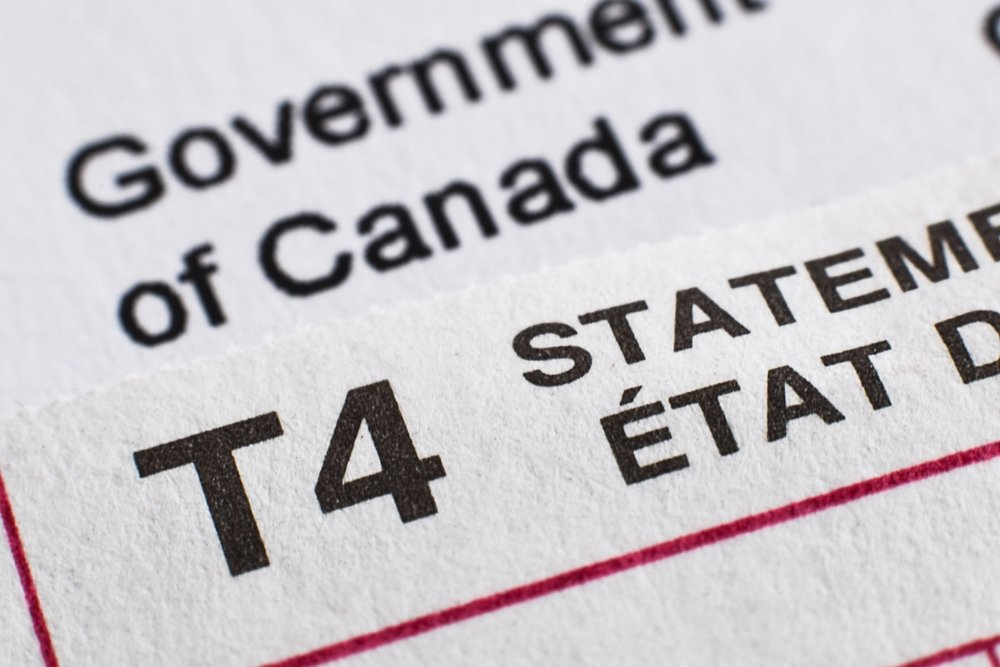The Financial Statement is a document that outlines the financial condition of a company. It contains information regarding the income statement, balance sheet, and statement of changes in stockholders’ equity. You must complete every line of the statement, unless otherwise noted. For example, if you do not have any income, you should write “none” or “zero” on every line. You must also attach a sheet of paper to the Financial Statement with additional documentation, such as your most recent mortgage statement or other document stating the date of your purchase. In addition, if you own property, your tax returns for the most recent year should be included as well.

Balance sheet
The balance sheet in the financial statement is a snapshot of a company’s financial health. It includes a number of key indices, including a debt ratio, which is calculated by dividing total liabilities by total assets. This ratio is typically reported as a percentage. The key components of the balance sheet are assets, liabilities, and accumulated other comprehensive income.
The balance sheet includes information on a company’s assets and liabilities, which may be long-term or short-term. It also lists the amount of owners’ equity and net profit. In a small privately-owned business, the balance sheet is prepared by the owner or the company bookkeeper. In mid-size private firms, the balance sheet is prepared by internal personnel.
The balance sheet is an essential part of the financial statement. It helps investors and analysts evaluate the health of a company’s finances. It shows the company’s assets and liabilities and its shareholders’ equity at a specific point in time. The balance sheet includes information on the company’s cash and investments, as well as its cash and debt obligations.
The balance sheet is one of the three core financial statements. It shows how the company’s resources, liabilities, and equity have changed during a given period. The balance sheet can also be used to compute rates of return for investors and evaluate the capital structure of a company. When a business sells, it will also prepare a balance sheet.
A balance sheet and income statement are both important parts of the financial statement. The balance sheet shows a company’s financial position at a certain point in time, while the income statement shows its performance. Together, they provide an overview of the company’s financial health and identify problems. This information can help investors and lenders determine whether the company is on the right track.
The income statement and balance sheet complement each other, and together they provide a complete picture of a company’s financial health. They are essential tools for financial decision-makers, investors, and business owners. Learning to read these statements is an invaluable skill. A well-written income statement and balance sheet are essential tools for making informed decisions.
Income statement
The income statement shows a company’s profit or loss over the fiscal year. It includes the profit or loss earned from all manufacturing activities and excludes financial investments. It also includes the costs for materials, labour, and amortization expenses. The difference between these costs and revenue represents the net position. The income statement is useful for both internal and external users to compare the financial activities of a company over several fiscal years.
The income statement also includes earnings per share, which are a measure of a company’s profitability. Earnings per share is the net income available to common shareholders divided by the weighted average number of common shares outstanding over a period. This measure includes the amount of income left after preferred dividends have been paid.
Expenses represent the costs of goods sold and labor. Costs include raw materials and direct labor. The difference between these costs and revenues is the net income, or EBIT. This is a helpful measurement of financial performance because it indicates how much profit a company has before subtracting expenses. It can also help business owners make decisions about cutting expenses.
In addition to making it easier to understand how a business operates, the income statement reveals the effectiveness of various strategies for the company to increase profit. It can help business owners to develop their business strategies based on past performance and determine whether they’re working. It can also help investors make decisions regarding the company’s future potential.
An income statement can provide deep insights about a company’s performance. It shows if the business has an adequate margin of profit to pay back its liabilities. It also shows whether a company is over-leveraged. It can also be used to compare the performance of a company with other companies.
There are two main types of income statement: a single-step income statement and a multi-step income statement. The former outlines revenue, expenses, and gains, while the latter shows expenses and losses. The single-step income statement shows the revenues and losses of a company and the net income.
Income statements are generated monthly or quarterly and provide valuable information to business owners and investors. It allows business owners to monitor performance and solve problems before they become large. An income statement will also highlight areas that are over or under budget, such as salaries and overhead costs. Whether your business is large or small, the income statement can give you the foundation you need to make wise decisions.
The income statement contains forecasts for each line item and subtotal. It also includes non-cash items, such as accruals, transfers, and manual entries. It is crucial to report non-cash items to ensure the correct reporting of the net position at the end of the period.
Statement of changes in stockholders’ equity
The Statement of Changes in Stockholders’ Equity is a section in the financial statement that summarizes the movement of equity over the reporting period. It reconciles the opening balances of equity accounts to the closing balances, as well as changes in total comprehensive income. The statement of changes in equity also provides information on the company’s net income and dividends paid during the period.
The Statement of Changes in Stockholders’ Equity is set up in a grid pattern, typically containing four rows. The first row represents the beginning balance, and the remaining rows report the changes in equity. The second row shows the additions and subtractions of equity during the period, including any net losses. The third row shows the ending balance, after the deduction of any dividends paid or net income.
The SOCE is a component of the financial statement that identifies the stockholders’ equity and noncontrolling interests. It may be presented as a separate statement or as a footnote. In either case, the SOCE consists of the most common items.
The Statement of Owners’ Equity also includes information about dividend payments and owner contributions. The changes in stockholders’ equity can indicate whether a small business owner is planning to put in more capital and increase profits. However, in larger companies, the balances of the owner’s equity are hard to determine. As a result, the Statement of Owners’ Equity can help you understand why changes in equity have occurred.
This section of the balance sheet summarizes changes in stockholders’ equity during the course of the accounting year. In general, it represents the difference between the total assets and liabilities of a company. If a company’s stockholders’ equity changes during the year, it may sell additional stock, but it cannot do so without shareholder approval.
Statement of changes in stockholders’ equity is an important part of a company’s balance sheet and can help investors and shareholders make informed decisions. Knowing how much equity a company has after expenses has been paid is critical for their success, as it helps investors and business owners determine whether or not to borrow more money. It can also help attract investors and give them an accurate picture of the company’s health.
When a company sells shares, it usually returns part of the stockholders’ equity to the original investors. This is a process known as share buyback. Ultimately, the shares bought back by the company are called treasury stock, and the dollar value of the treasury stock is recorded in the treasury stock contra account.










 View Our Location
View Our Location





 181 Meadowview Bay, Sherwood Park, AB T8H 1P7, Canada (Online Clients Only)
181 Meadowview Bay, Sherwood Park, AB T8H 1P7, Canada (Online Clients Only)